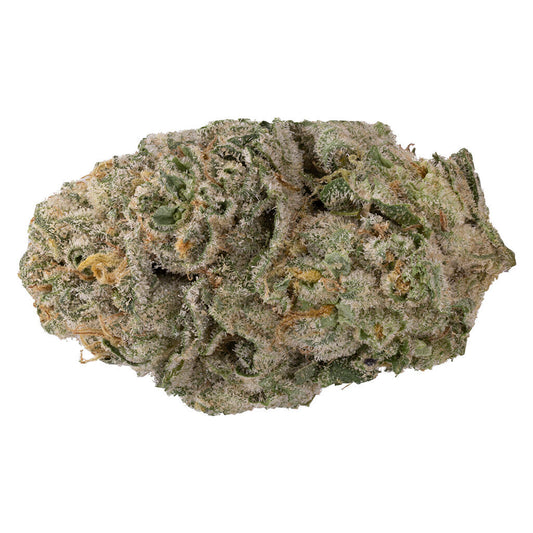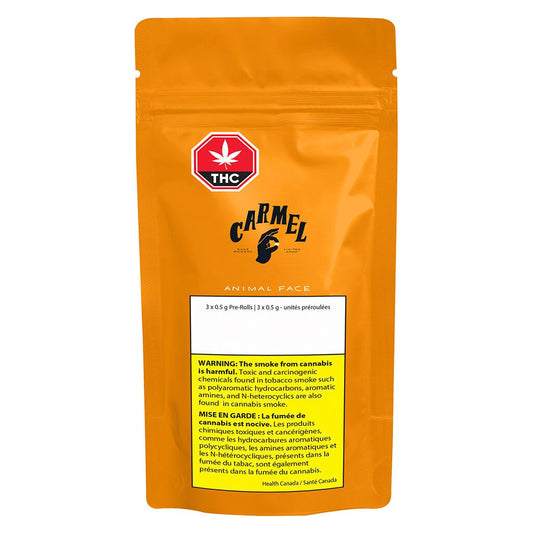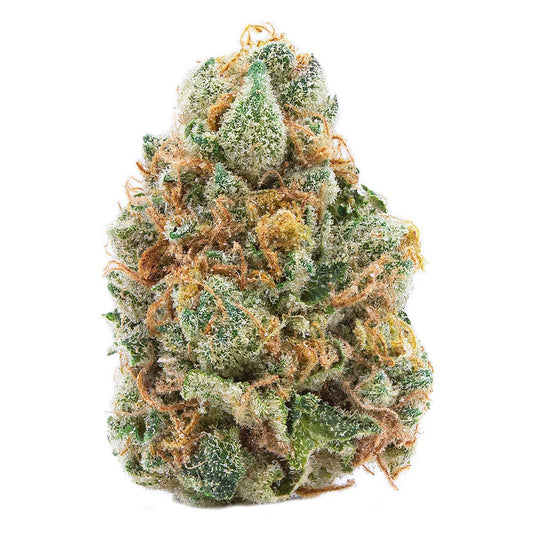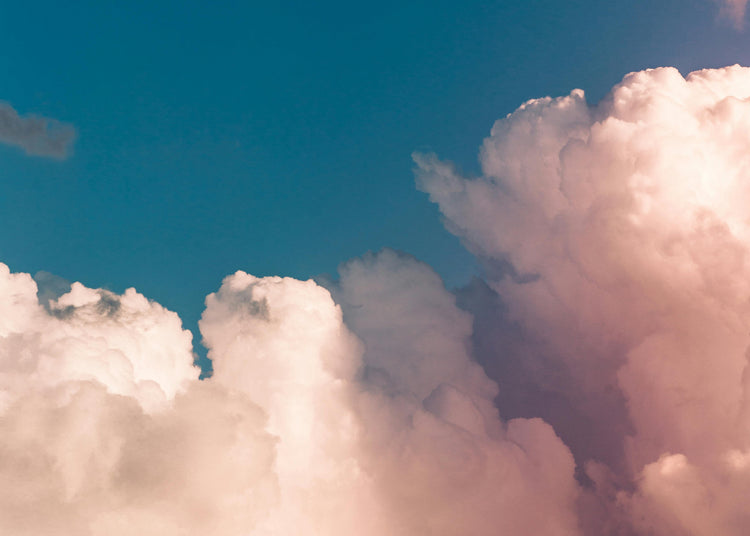Cannabis is more than just a plant—it’s a versatile product with a rich history and wide range of uses. Whether you’re new to it or looking to deepen your understanding, this guide will break down the basics and answer common questions about cannabis.
The Origins of Cannabis
Cannabis plants have adapted to different environments around the world, resulting in unique characteristics depending on their geographic origins. The three main types of cannabis plants are Cannabis sativa, Cannabis indica, and Cannabis ruderalis.
Sativa: Originating from equatorial regions like Colombia, Mexico, and Thailand, Sativa plants are tall, with narrow leaves and long flowering periods. These plants thrive in warm, tropical climates, and their buds are often light and airy.
Indica: Coming from colder regions such as Afghanistan, India, and Pakistan, Indica plants are short, bushy, and have wider leaves. They grow faster than Sativas and produce dense, resinous buds that are well-suited for harsher climates.
Ruderalis: Native to parts of Russia and Central Asia, Ruderalis plants are smaller and less potent than Sativa or Indica varieties. However, they are known for their ability to flower automatically based on age rather than light cycles, making them ideal for hybridization with other strains.
Different origins create a variety of strains with distinct characteristics in terms of growth patterns, appearance, and even cannabinoid and terpene profiles. This diversity allows for a wide range of consumer experiences when it comes to taste, potency, and aroma.

Parts of a Cannabis Plant
The cannabis plant is made up of several key parts, each playing an important role in its growth and use.
Cola: The main cluster of cannabis flowers, or buds, found at the top of the plant. The top cola is where you'll find the densest concentration of cannabinoids and terpenes.
Buds (Flowers): The most sought-after part of the cannabis plant, buds are covered in resinous trichomes and packed with cannabinoids like THC and CBD. They also contain terpenes, which give each strain its aroma and flavour.
Trichomes: These tiny, frosty-looking crystals coat the buds and leaves of the cannabis plant. They are rich in cannabinoids and terpenes, and they’re what makes the buds sticky to the touch.
Sugar Leaves: These small, resin-covered leaves surround the buds and are often trimmed during harvesting. However, they’re still useful and often used to make concentrates or extracts.
Fan Leaves: Large, broad leaves that help with photosynthesis. While not rich in cannabinoids, these iconic leaves are essential for the plant’s energy production.
Stem: The main support structure of the plant, carrying water and nutrients throughout the plant. While the stem doesn’t contain cannabinoids, it can be used in some applications like fibre production.
Nodes: Where the leaves, branches, and buds emerge from the stem. These are important for determining the plant’s sex—only female plants produce the buds we consume.
Roots: The foundation of the plant, absorbing water and nutrients from the soil. Healthy roots are crucial for the overall health and potency of the cannabis plant.
How Does Cannabis Work?
Cannabis works in the body by interacting with the endocannabinoid system (ECS), a network of receptors that helps regulate things like mood, appetite, pain, and sleep. The two primary receptors in this system are CB1 and CB2.
- CB1 receptors are mostly found in the brain and central nervous system. They’re the ones responsible for the psychoactive effects of THC (tetrahydrocannabinol), the cannabinoid that makes you feel "high."
- CB2 receptors are found more in the immune system and peripheral tissues, and they play a role in managing inflammation and immune responses.
When you consume cannabis, cannabinoids like THC and CBD (cannabidiol) interact with these receptors, causing different effects. THC binds primarily to CB1 receptors, triggering those familiar psychoactive sensations. CBD, on the other hand, doesn't directly bind to CB1 or CB2 but helps modulate the ECS, which is why it doesn’t make you high.
In essence, cannabis taps into the body’s own systems to produce its wide range of effects, whether you're looking for a calming vibe, focus, or even just some chill relaxation.
Key Components of Cannabis
When it comes to understanding cannabis, two key components stand out: cannabinoids and terpenes. These compounds work together to create the plant's unique effects and aromas.
Cannabinoids: THC, CBD, and More
Cannabinoids are the compounds that make cannabis unique. The two most popular cannabinoids are THC (tetrahydrocannabinol) and CBD (cannabidiol). THC is the one responsible for the intoxicating effects often associated with cannabis, while CBD doesn’t get you “high” but is often used in wellness products.
Beyond these, there are other lesser-known cannabinoids like CBG (cannabigerol), CBC (cannabichromene), and CBN (cannabinol) that may have their own unique interactions with the body, contributing to the overall effects and experience of cannabis products, often referred to as the "entourage effect."
LEARN MORE ABOUT CANNABINOIDS
Terpenes: The Aromas and Flavours of Cannabis
Terpenes are another important part of the cannabis experience. They’re aromatic compounds that give each strain its unique scent and flavour. Ever notice how some strains smell fruity while others are earthy or spicy? That’s terpenes at work. Some common terpenes include limonene (citrusy), pinene (piney), and myrcene (herbal). These not only shape the aroma but also contribute to the overall experience of a strain.
LEARN MORE ABOUT TERPENES
Debunking the Myth: Cannabis Psychosis is Real
Cannabis psychosis is a mental health condition that can be triggered by excessive cannabis use, especially in individuals with a genetic predisposition to mental illness. While some may dismiss it as a myth, there is substantial scientific evidence to support its existence.
Studies and Research
Numerous studies have linked heavy cannabis use to the development of psychosis. For instance, a large-scale meta-analysis published in the British Journal of Psychiatry found a significant association between cannabis use and the onset of psychosis, particularly in individuals with a family history of mental illness.
Furthermore, researchers have identified specific genetic variations that increase the risk of psychosis in individuals who use cannabis. These findings suggest a complex interplay between genetic factors and cannabis exposure in the development of this condition.
Symptoms of Cannabis Psychosis
Symptoms of cannabis psychosis can include:
- Hallucinations: Seeing or hearing things that aren't real
- Delusions: Believing things that aren't true
- Disorganized thoughts and speech
- Paranoia: Feeling excessively suspicious or distrustful
- Agitation or aggression
While the exact mechanisms underlying cannabis psychosis are still being studied, treatment often involves a combination of medication, therapy, and, in some cases, hospitalization. Early intervention can be crucial in managing symptoms and preventing long-term negative consequences.
Cannabis psychosis is a real and serious mental health condition that can be triggered by excessive cannabis use. The myth that it is fake is harmful and can discourage individuals from seeking help. It's essential to recognize the scientific evidence supporting its existence and to encourage individuals experiencing symptoms to seek professional treatment.
Microdosing Cannabis: Minimal High, Maximum Benefits
Ever experience anxiety, palpitations, and nausea after a particularly potent cannabis brownie? Sometimes the psychoactive effects of cannabis can feel like they’re just too much, (tenfold if you have a low tolerance). That’s why many users have turned to microdosing cannabis as an alternative method of consumption. Microdosing allows for therapeutic benefits without the unpleasant psychoactive effects, making it a suitable option for those that are sensitive to THC. After all, cannabis is more than just the high.
What is Microdosing?
Microdosing involves consuming very small, sub-perceptual doses of a substance, often psychedelic drugs or psychoactive substances. In the context of cannabis, microdosing refers to taking tiny amounts of THC, the psychoactive compound in cannabis, without experiencing the typical "high" associated with recreational use.
Why Microdose Cannabis?
Proponents of microdosing cannabis claim various benefits, including:
- Improved mood and well-being: Some individuals report feeling more relaxed, focused, and creative.
- Reduced anxiety and depression: Microdosing may help alleviate symptoms of anxiety and depression.
- Enhanced creativity: Some artists and entrepreneurs claim that microdosing can boost their creativity and productivity.
- Pain relief: Microdosing may provide relief from chronic pain.
If you don’t want to be stuck on the couch watching Netflix and munching chips all day, but still want to benefit from the cannabinoid properties of the plant, then microdosing may be for you.
Keep in mind that different methods of consumption have different effects. Smoking and vaping kick in fast (within seconds) but don’t last very long so you may need to redose several times a day to prolong the therapeutic benefits. Edibles take much longer (1-2 hours on average) to feel an effect as they have to pass through the digestive system first.
Edibles also last much longer, often the entire day, so you most likely won’t need to redose. It ultimately comes down to personal preference. Take your time experimenting with different strains and methods—you won’t know what you like until you’ve given it a fair chance.
How Do I Find My Optimal Dose?
As the saying goes, slow and steady wins the race. Always start with the lowest dose (1-2mg of THC). After a few days of trying it out, feel free to move up in 1mg increments until you’ve reached your desired benefits. Bonus tip—keep a daily log of how your current dose makes you feel and if you’re having any side effects, this makes it easier to track your results and adjust as needed.


















